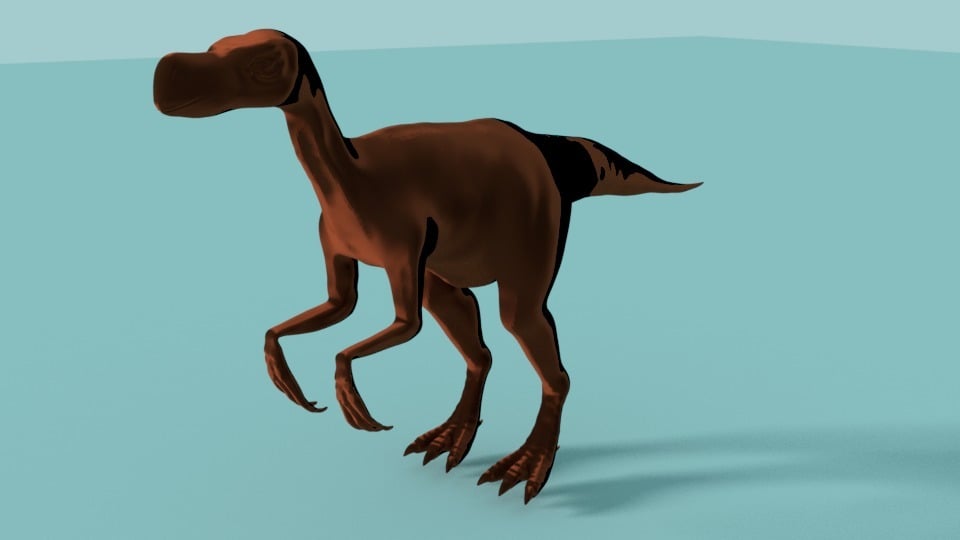
Chirostenotes Dinosaur
thingiverse
If you want me to create some of yours, just ask me directly on Instagram @boris3dstudio https://www.instagram.com/boris3dstudio/ Model is still unhealed. I have no time for it now. If you repair it for printing, make a Remix, or send me another model for re-uploading. Chirostenotes (/ˌkaɪroʊstɪˈnoʊtiːz/ KY-ro-sti-NOH-teez; named from Greek "narrow-handed") is a genus of oviraptorosaurian dinosaur from the late Cretaceous (about 76.5 million years ago) in Alberta, Canada. The type species is Chirostenotes pergracilis. Chirostenotes was characterized by long arms ending in slender relatively straight claws, and long powerful legs with slender toes. In life, the animal was about 2 meters (6.6 ft) long. Chirostenotes was probably an omnivore or herbivore, based on evidence from the beaks of related species like Anzu wyliei and Caenagnathus collinsi. In 2005 Phil Senter and J. Michael Parrish published a study on the hand function of Chirostenotes and found that its elongated second finger with its unusually straight claw may have been an adaptation to crevice probing. They suggested that Chirostenotes may have fed on soft-bodied prey, including insects or small reptiles. Subsequent studies confirmed this hypothesis. Referred specimen RTMP 79.20.1 In 1988, a specimen from storage since 1923 was discovered and studied by Philip J. Currie and Dale Russell. This fossil helped link the other discoveries into a single dinosaur. Since the first name applied to any of these remains was Chirostenotes, this were the only name that was recognized as valid. Currie and Russell also addressed the complicating issue of a possible second form being present in the material. In 1933 William Arthur Parks had named Ornithomimus elegans, based on specimen ROM 781, another foot from Alberta. In 1971, Joël Cracraft had named a second species of Caenagnathus: Caenagnathus sternbergi, based on specimen CMN 2690, a small lower jaw. In 1988 Russell and Currie concluded that these fossils might present a more gracile morph of Chirostenotes pergracilis. In 2007 a cladistic study by Philip Senter cast doubt on the idea that all of the large Dinosaur Park Formation fossils belonged to the same creature. Coding the original hand and jaw specimens separately showed that while the Caenagnathus holotype remained in the more basal position in the Caenagnathidae commonly assigned to it, the Chirostenotes pergracilis holotype was placed as an advanced oviraptorosaurian and an oviraptorid. Several larger skeletons from the early Maastrichtian Horseshoe Canyon Formation of Alberta and the late Maastrichtian Hell Creek Formation of Montana and South Dakota have been referred to Chirostenotes in the past, though more recent studies concluded that they represent several new species. The Horseshore Canyon formation specimen was renamed Epichirostenotes in 2011, while the Hell Creek Formation specimens have been referred to the genus Anzu.
With this file you will be able to print Chirostenotes Dinosaur with your 3D printer. Click on the button and save the file on your computer to work, edit or customize your design. You can also find more 3D designs for printers on Chirostenotes Dinosaur.
